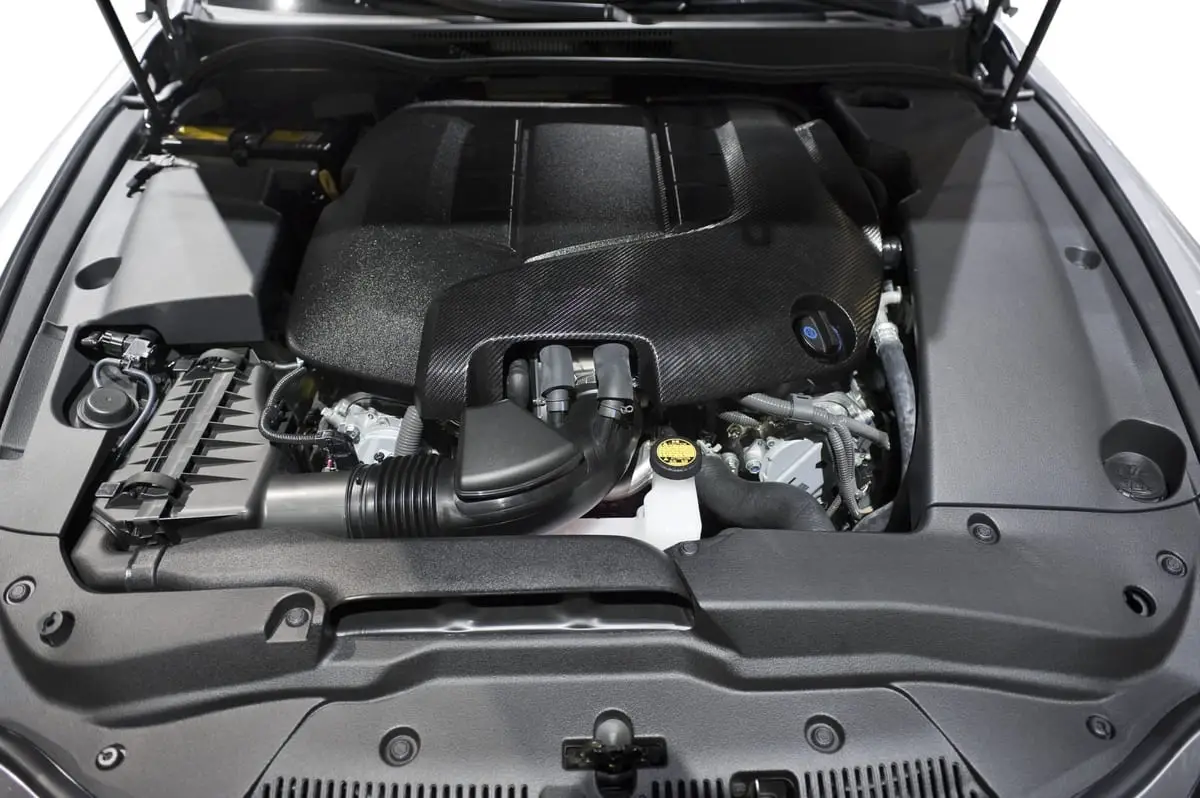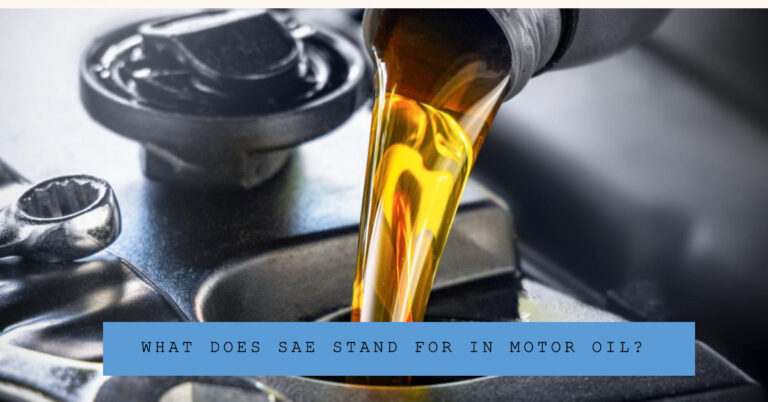Full Bolt On: Explained and Demystified

So you just got a new sports car or tuner car like a WRX STI or Civic Type R and want to unlock its maximum performance potential right out of the box.
You head over to some forums looking for tips and instantly get bombarded with terms like “stages” and vague references to bolt ons.
What does full bolt on actually mean? And what specific upgrades does it entail?
A “full bolt on” refers to modifications that literally bolt directly onto a stock vehicle to enhance performance without having to tear into internal engine components.
In this comprehensive guide, we’ll cover:
- The most common full bolt on parts
- Benefits like added horsepower and improved airflow
- Downsides like cost and install complexity
- Tuning considerations to optimize full bolt on builds
- Comparing to more complex turbo and supercharger builds
- Example full bolt on combo case studies
- Detailed full bolt on specs comparison chart
So whether you’re just getting started modifying your car or looking to build on existing progress, read on to have all your full bolt on questions answered!
Table of Contents
What Does Full Bolt On Entail?
A full bolt on build consists of maxing out all modifications that can bolt directly onto your stock vehicle without having to open up the motor itself.
Some of the most common full bolt on upgrades include:
- Cold air intakes – Replace factory airbox and filter housing with aftermarket intake tubes and high flow air filters. Bolt onto chassis.
- Catback exhausts – Bolts onto stock downpipe/headers. Less restrictive than stock mufflers.
- Headers – Attach directly to engine block. Less restrictive than stock manifolds.
- Superchargers or turbochargers – Bolts onto intake manifold or headers. Forced induction.
- Tuners – Plug in ECU computers that rewrite factory tuning. Dramatically optimizes mods.
- Intake manifolds – Bolts directly onto engine. Improves airflow over stock.
- Throttle bodies – Larger units than stock for higher airflow. Bolt on mod.
The key distinction is that full bolt on mods don’t require actually opening up the motor and modifying internal components. They simply enhance what’s already under the hood in terms of airflow, efficiency, power delivery etc.
This makes full bolt on one of the easier starting points for stock vehicles looking for serious performance gains. But there are also limitations in terms of potential power compared to built engines.
Let’s explore some of the main pros and cons of full bolt on upgrades:
Benefits of Full Bolt On
Horsepower and Torque Gains
Depending on the specific vehicle and parts used, full bolt on builds can add well over 100+ horsepower to stock vehicles:
- High flowing intakes reduce restrictive stock airboxes.
- Larger throttle bodies improve airflow into cylinders.
- Changes to exhaust system backpressure and scavenging through headers and free flowing mufflers.
Improved Throttle Response
Upgraded intake paths combined with ECU tunes that overhaul factory programming characteristics lead to greatly enhanced throttle response. Reduces throttle lag.
Weight Reduction
Lighter aftermarket intake setups, carbon fiber body pieces, and ditching heavy stock exhaust components helps drop pounds from chassis weight.
Maximizes Factory Setup
You can take the existing turbochargers or superchargers to their maximum potential by reducing other restrictive components.
For many, full bolt on represents the best bang for buck power gains before getting into engine internals.
Downsides of Full Bolt On
With the good comes some bad when it comes to bolt on mods. Key potential downsides include:
Expense
Like anything in the tuning scene, it can get very expensive. Full turbo and supercharger kits alone can run over $5,000-$10,000. Then tack on several other upgrades at $500+ a piece.
Reliability
If you skimp on quality or don’t properly tune, full bolt on upgrades can introduce issues. Going too aggressive on boost without internals can spell disaster.
Diminishing Returns
There comes a point where the only way to keep making big power is upgrading internals. You eventually maximize what bolt on parts can offer.
No Replacement for Displacement
Even maxed out bolt on cars tend to lose out to high horsepower built motors. Simply no substitute for huge turbos and built engines when it comes to 4 figure power.
Now let’s take a closer look at some of the most common and popular full bolt on upgrades:
Cold Air Intakes
One of the simpler starter mods for any tuning project. The factory airbox and intake track are pretty restrictive.
Cold air intakes involve replacing all of that with:
- Aftermarket filter in open air position (usually in fender well)
- Smoothed out piping
Benefits
- Cooler denser outside air vs hot engine bay
- Less piping equals less turbulence
- High flowing filter reduces restriction
Don’t expect dramatic gains with just a cold air intake alone. But it bolts up easily and lays groundwork for more aggressive mods down the line when combined with proper tuning.
Catback Exhausts
Catback exhausts refer to everything from the catalytic converter back:
Upgraded exhausts reduce backpressure by ditching restrictive stock mufflers. Typically uses large diameter smoother piping, free-flowing mufflers and improved scavenging.
Headers would be the next step but require engine removal on many cars.
Benefits
- Increased scavenging from less restrictive piping
- Tuned mufflers reduce drone while still allowing airflow
- Noticeable horsepower and torque gains
You also get the added bonus of a much improved exhaust note. No more wheezy 4 cylinder!
Engine Control Unit (ECU) Tuners
This unlocks the real performance potential of basic bolt on mods. All 2006+ vehicles are tuned extremely conservatively from factory to meet emissions and efficiency standards.
Aftermarket handheld tuners plug directly into the OBDII port. Custom tunes overhaul air/fuel ratios, ignition timing, boost pressure and more. Dramatically optimizes mods.
Serious gains on otherwise stock cars just from tuning alone. But tuning also ensures other mods work harmoniously without causing damage.
Turbochargers and Superchargers
Forced induction represents some of the most aggressive bolt on options. Both superchargers and turbos compress intake air to increase cylinder efficiency.
Turbos use exhausted manifold air and gases to spin a compressor wheel that forces more air into the cylinders.
Superchargers have a belt that connects directly to the crankshaft to spin an air compressor.
Forced induction kits all have the necessary clamps, gaskets, and hardware to bolt up to stock intake manifolds and throttle bodies while reusing standard piping.
What About Installation and Tuning?
Bolt on sounds straightforward. But depending on your skill level, some upgrades can still be over your head from an install perspective.
Some key tips on the installation process:
Proper Disassembly
- Use service manuals for torque specs and steps
- Organize and label any stock hardware you remove
- Take pictures along the way as reference
Attention to Detail
- Double and triple check clearance issues
- Use quality clamps, gaskets and hardware
- Carefully check piping alignment
Post Install Testing
- Check for leaks under pressure
- Logs runs and real world driving
- Monitor engine vitals and warning lights
And don’t forget the importance of tuning. A custom tune tailored specifically to your mods makes all the difference.
Off the shelf canned tunes rarely maximize performance. Pro tunes optimize for power band, airflow efficiency, and safety.
How Does Bolt On Compare to Building a Motor?
Fully built motors with forged internals, huge turbos, and custom fabrication represent the pinnacle of tune scene performance.
While often doubling or tripling the horsepower output of bolted on cars, built motors also require:
- Tearing down the factory motor
- Machining and balancing
- Stronger rods, pistons, headstuds
- Multi-thousand dollar turbo and fueling setups
- Extensive tuning and dyno time
In short, no bolt on car can compete with the sheer power of built motor monsters making 800+ wheel horsepower.
But built motors also introduce tremendous expense and complexity compared to bolt on projects. It becomes less street friendly requiring high octane fuel, heavy mods, etc.
Example Vehicles: Bolt On Civic Type R and Focus RS
Let’s take a look at two example full bolt on cars:
2017 Honda Civic Type R
Mods Include:
- PRL Motorsports Cobra CAI
- TSP J-Pipe
- 27Won Megabomb 3” Catback
- Hondata Flashpro Tuner
- +90whp/+70wtq gains
Basically maximized the FA20 turbocharged engine for street use. Keeps torque low allowing turbo to spool fast. No need for internal builds thanks to stock forged internals on these motors.
2016 Ford Focus RS
Mods Include:
- COBB Big SF Intake
- COBB Catback Exhaust
- COBB Electronic Boost Controller
- COBB Accessport Tuner
- +50whp/+70wtq gains
The 2.3L ecoboost is an extremely efficient factory turbocharged engine. Light effective mods to reduce restrictions saw solid peak output improvements while maintaining a factory like powerband. Great blend of OEM reliability with added power.
Full Bolt On Upgrades Comparison Chart
Here’s a specifications comparison chart for some of the most popular bolt on upgrades:
| Mod | Average Cost | Install Difficulty | Est. HP Gain | Weight Reduction |
|---|---|---|---|---|
| Cold Air Intake | $300 | Beginner | 8-15hp | 5lbs |
| Catback Exhaust | $800 | Intermediate | 8-20hp | 10lbs |
| Short Ram Intake | $250 | Beginner | 5-15hp | 3lbs |
| Tuner | $500 | Beginner | 60hp | 0 |
| Turbocharger | $5000 | Advanced | 80-120hp | 0 |
| Supercharger | $6000 | Intermediate | 100-200hp | -25lbs |
| Headers | $1000 | Advanced | 15-25hp | 10lbs |
| Intake Manifold | $400 | Intermediate | 10-20hp | 3lbs |
| Throttle Body | $350 | Intermediate | 8-15hp | 1lb |
This chart gives you an idea of the relative difficulty, cost, effectiveness and weight saving potential of popular bolt on upgrades. Use it as a reference when deciding on modifications.
In Closing
Whether you’re just dipping your toes into mods or looking to maximize a stock turbo build, understanding full bolt on and these parts represent where most projects start out before getting more complex.
Target upgrades that reduce air restrictions into and out of the engine. Filtering more air and fuel into the motor is key to making power.
An ECU tuner should almost always accompany mods to properly optimize performance. Don’t leave horsepower on the table with crappy OTS tunes.
And don’t expect turbocharged power levels without forced induction or built engines. But carefully selected basic bolt ons can still lead to 100+ horse gains in the right application.
So use this guide to give yourself direction and realistic expectations when piecing together your first major round of modifications!







